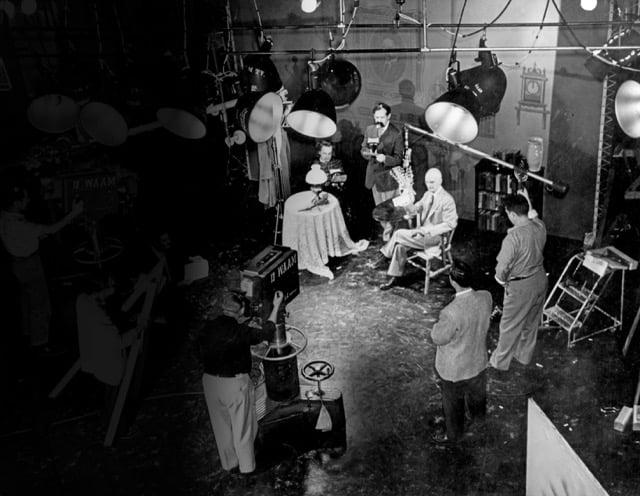
In 1948, a groundbreaking weekly educational television show, The Johns Hopkins Science Review, debuted in Baltimore. Hosted by JHU’s public relations director, Jim Poole, it gave viewers an “over-the-shoulder” glimpse into the work of Johns Hopkins engineers, scientists, and physicians through lab demonstrations and interviews on topics from breast cancer and industrial waste disposal to water usage. A 1950 New York Times article praised it as “a thoroughly worthwhile and encouraging example of educational television,” noting that it had “the most needed attraction of good education: It was interesting.” By the time it went off the air in 1955, the show had reached a national audience, earned two Peabody Awards, and helped shape the future of science programming, paving the way for offerings from Bill Nye the Science Guy to the Discovery Channel.
Watch episodes from the show
Core Understanding
Since the 1970s, paleoecologist Grace Brush, an environmental engineer and professor emeritus, has helped reveal how historical human activity continues to shape the Chesapeake Bay’s ecology. By analyzing sediment cores dating back to 12,000 B.C., she traced a surge in ragweed pollen and algae to European settlement, linking deforestation and agriculture to long-term declines in water quality, sedimentation, seagrasses, and fish populations. Her work was key to understanding the bay’s ongoing environmental challenges through the lens of its past.

Sediment Standard
M. “Reds” Wolman, A&S ’49, a geographer and member of the Johns Hopkins faculty for 52 years, redefined river science by developing the Wolman Pebble Count, a simple yet powerful method for measuring streambed sediment that became the standard for geomorphologists everywhere. His work changed how scientists assess river health, erosion, and sediment transport, provided new ways to think about the effects of land use, urbanization, and environmental management and restoration, and helped shape the field of environmental science.
Brighter, Flatter, Thinner

Hiram Gene Slottow, Engr ’52 (MSE), revolutionized display technology in the 1960s as co-inventor of the plasma screen, earning him a place in the National Inventors Hall of Fame and an Emmy Award for Technical Achievement. His flat-panel design was a breakthrough—brighter, thinner, more energy-efficient, and a major leap from bulky cathode-ray tubes. The technology enabled wall-mounted TVs and high-resolution displays, transforming home entertainment and digital signage, and paving the way for today’s screens, from smartphones to stadium jumbotrons.
— ABBY LATTES
illustrations by Chris Philpot

